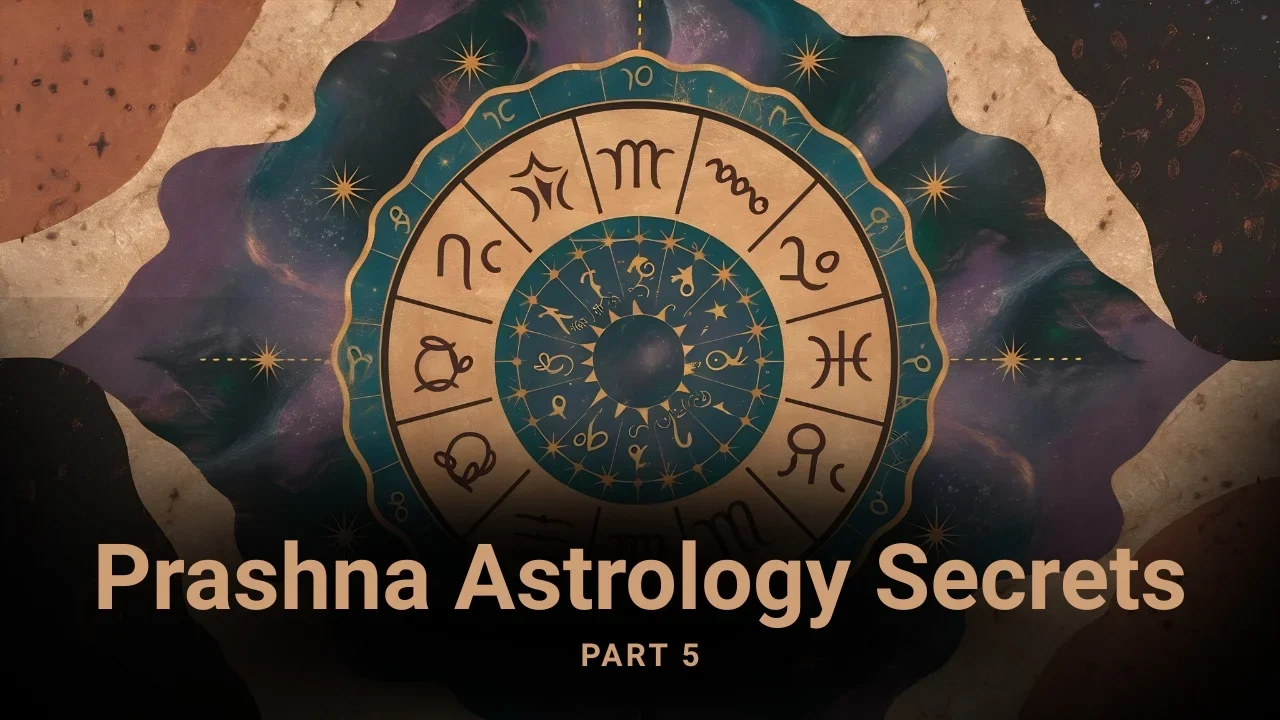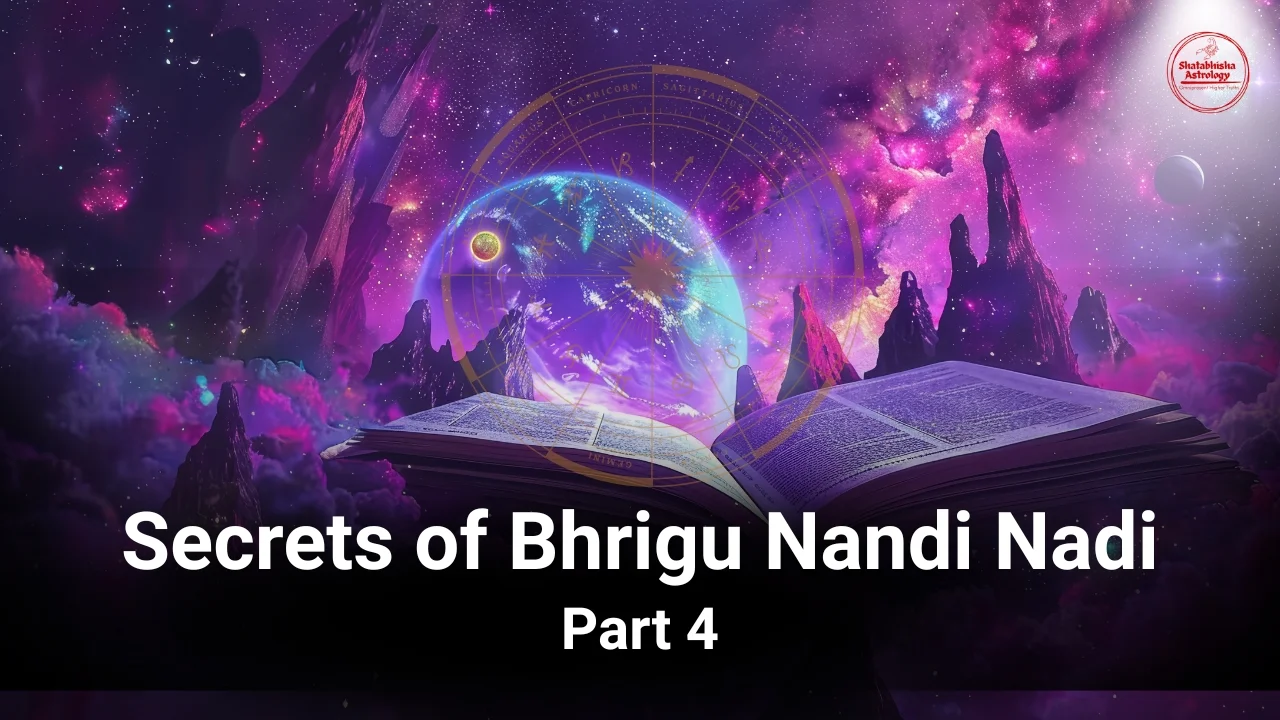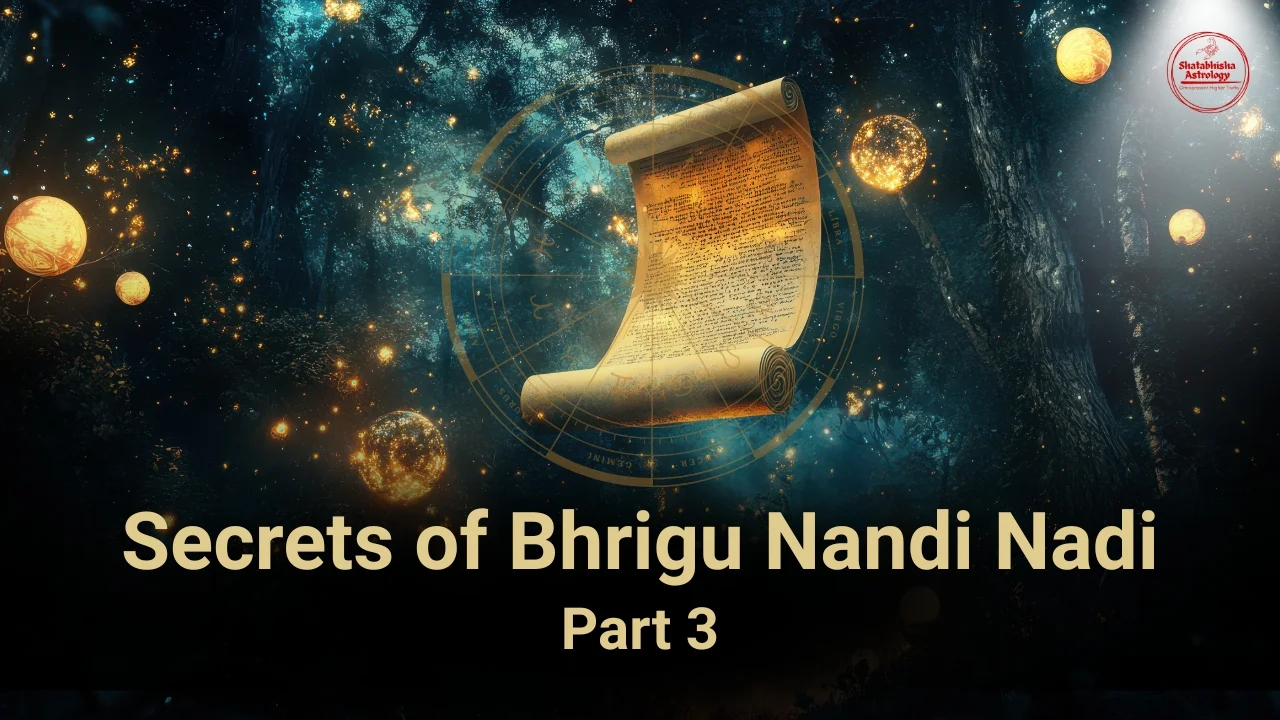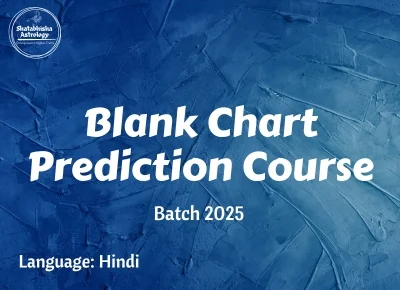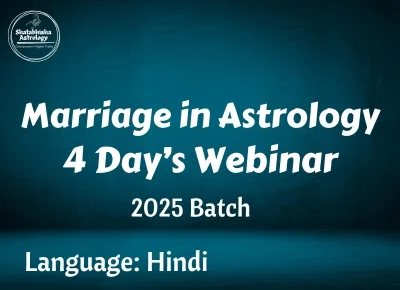Today, let’s talk about Nakshatras in Prashna and Horary Astrology
Nakshatras and Their Influence on Prashna Jyotish
Nakshatras play a pivotal role in Prashna Jyotish. More than mere lunar constellations, they carry the energetic and psychological blueprint of the querent’s intent, the nature of the question, and the cosmic response to that query. The moment a question is asked is impregnated with a unique vibrational frequency, and this frequency is echoed in the Nakshatra active at that moment. In this chapter, we will explore the profound significance of Nakshatras in Prashna readings with an esoteric, predictive, and application-oriented approach tailored for serious astrology learners.
1. Understanding Nakshatras in the Context of Prashna
Each Nakshatra, out of the 27, represents not only a portion of the zodiac but also a distinct divine archetype. These deities symbolize psychological drives, karmic impulses, and mental orientations. For example:
- Ashwini (ruled by Ashwini Kumars) indicates quick beginnings, healing, and curiosity.
- Rohini (ruled by Brahma/Prajapati) signals strong emotional attachments, beauty, and desire fulfillment.
- Moola (ruled by Nirriti) may suggest destruction, root-level transformation, or hidden karmas surfacing.
In Prashna, the Nakshatra in which the Moon is placed becomes the psychological and emotional state of the querent. It reveals their real inner motive, sometimes more accurately than the Ascendant itself.
2. Nakshatra Padas and Navamsha Implications
Each Nakshatra is divided into 4 padas (quarters), each linking to one Navamsha. These divisions add a deeper layer of meaning:
- Ashlesha 4th pada (Cancer sign, Pisces Navamsha): highly emotional, secretive, but spiritually inclined.
- Bharani 2nd pada (Aries sign, Taurus Navamsha): sensual, possessive, and focused on material output.
When analyzing a Prashna chart, identifying the pada of the Moon and other planets helps decode the hidden tone and psychological undercurrent of the question.
3. Rahu and Ketu’s Role in Nakshatras
Rahu and Ketu, being karmic axis points, become even more significant in Prashna when placed in certain Nakshatras. Their placement modifies the karmic direction of the query:
- Rahu in Ardra: intense confusion, emotional turbulence, sudden revelations.
- Ketu in Ashwini: quick resolutions, divine intervention, sudden disappearances.
- Rahu in Jyeshtha: hidden manipulations, power struggle, secret motives.
These placements often indicate that the matter is karmically unresolved and that results may involve past-life implications or deep soul-level lessons.
4. Dignity and Disposition of Nakshatra Lords
The strength, combustion, retrogression, or affliction of the Nakshatra lord provides crucial clues. For instance:
- A Moon in Revati, whose lord Mercury is retrograde in the 8th house, suggests that the query is emotionally charged, with layers of miscommunication, delays, or karmic fog.
Combust or afflicted Nakshatra lords may imply that the result is delayed, concealed, or not favorable. Conversely, a strong Nakshatra lord, well-placed and aspected, supports positive outcomes.
5. Emotional and Elemental Tone
Every Nakshatra carries elemental energies:
- Fiery (Krittika, Bharani, etc.): aggressive or impulsive queries.
- Watery (Ashlesha, Revati, etc.): emotional or intuitive queries.
- Airy (Swati, Shatabhisha): detached, logical, or mental pursuits.
- Earthy (Rohini, Uttaraphalguni): practical, grounded, material queries.
By analyzing the element of the Nakshatra in which the Moon or relevant planet is placed, an astrologer can assess how emotionally or rationally the querent is perceiving the issue.
6. Illustrative Examples
Example 1: A querent asked about a lost object. Moon was in Mrigashira 3rd pada (Gemini sign, Libra Navamsha). This indicated curiosity and duality, but also pointed to a social or indoor setting (Libra). The object was found inside a car, under the passenger seat — an airy, movable location.
Example 2: A client asked about marriage under Purva Ashadha Nakshatra. Its deity Apah (Water) indicated emotional overwhelm, while its pada fell in Capricorn Navamsha, indicating practicality. The marriage did occur but was delayed due to emotional maturity and responsibility conflicts.
7. Tips for Application
- Always check Moon’s Nakshatra and Pada first.
- Analyze any planet related to the query and its Nakshatra.
- Examine the condition and placement of the Nakshatra lord.
- Observe Rahu/Ketu’s Nakshatra for karmic signatures.
- Relate the emotional tone to the querent’s behavior.
8. Blending Intuition with Nakshatra Science
While technicals are vital, Prashna is a deeply intuitive art. The Nakshatras serve as bridges between mind and cosmos. Over time, with practice, astrologers can feel the truth behind a query just by sensing the Nakshatra at play.
The divine language of Nakshatras in Prashna is precise, poetic, and powerful — if studied with dedication and experience.
Disclaimer: This information is only for educational purposes. Answering questions through Prashna Astrology requires extensive practice and deep understanding. Do not use this information to make life decisions regarding marriage, health, career, or other critical matters. If anyone chooses to use this knowledge independently, they do so at their own risk. It is always recommended to consult a trusted and experienced astrologer.

